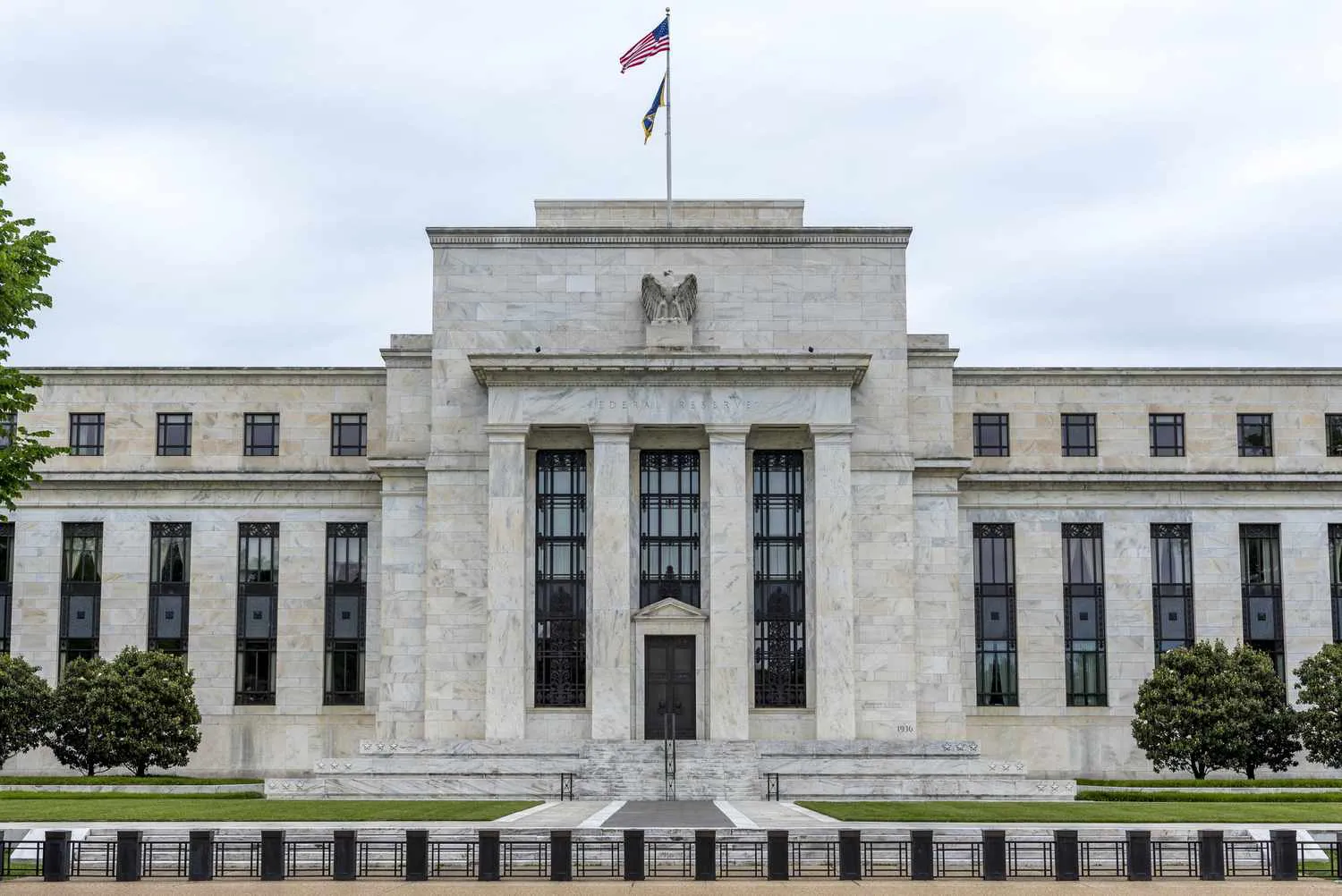The largest US banks have proven their resilience against a severe recession by passing the Federal Reserve’s annual stress tests. All 31 major banks, including JPMorgan Chase, Goldman Sachs, and Bank of America, met the regulatory standards despite a hypothetical scenario where unemployment rose to 10%.
The banks faced potential losses nearing $685 billion, which is the biggest hit to their capital in six years. In this stress test scenario, commercial real estate prices plummeted by 40%, office vacancies surged, and house prices dropped by 36%.

The results reassured regulators that these banks could withstand such economic turmoil. Michael Barr, the Fed’s vice-chair for supervision, stated:
“This year’s stress test shows that large banks have sufficient capital to withstand a highly stressful scenario and meet their minimum capital ratios.”
Capital requirements and investor updates
The stress tests measure the minimum capital banks need to hold relative to their assets to absorb losses. This capital is important in maintaining financial stability during economic downturns.
The banks can use these results to inform investors about potential shareholder payouts. Starting Friday afternoon, they can provide updates on their new capital requirements.
JPMorgan, however, expressed concerns about the Fed’s calculations. The bank claimed its own assessments showed lower unrealized gains on its securities portfolio than those predicted by the Fed.

This isn’t the first time banks have disputed the Fed’s findings. In 2023, both Bank of America and Citigroup disagreed with some initial results of the stress tests.
The annual stress testing began after the 2008 financial crisis. It was a major step in restoring confidence in the banking sector. Over the years, the largest banks have generally passed these tests by a wide margin, leading to questions about the tests’ usefulness and purpose.
Related: Are we gonna see any more U.S. bank failures?
Critics argue that consistently passing these tests might indicate the need for more stringent requirements. The 2024 stress tests projected a drop in the banks’ aggregate tier one capital ratio, their main cushion against losses, by 2.8 percentage points.
This is the largest drop since 2018. The Fed attributed the bigger losses to higher expected losses on credit card loans, which increased nearly 20% from the previous year.
Jai Hamid





